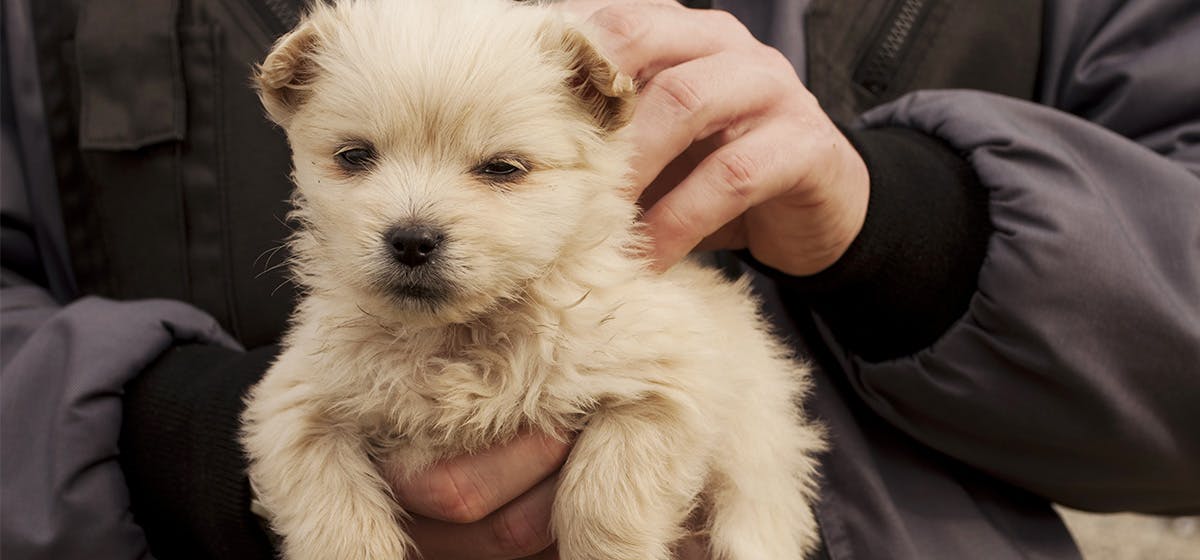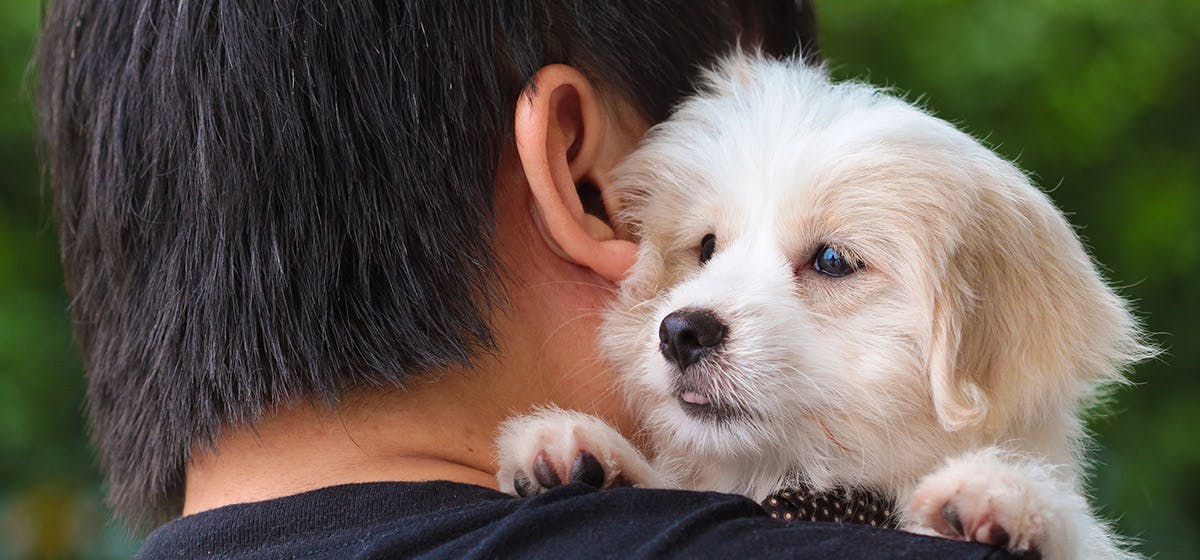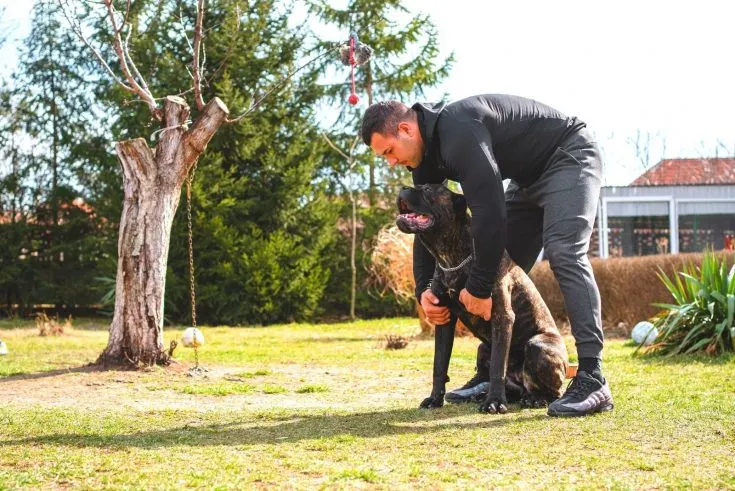Even though we know that good and evil are at different extremes of the spectrum, some individuals may have trouble telling them apart. This is not due to a lack of discriminatory ability; rather, it is due to the fact that the distinction is not always immediately apparent.
Evildoers may trick others because they present themselves as virtuous. But our canine companions aren’t that easy to deceive. Dogs seem to be equipped with an internal radar that allows them to quickly identify good and bad.

Clues Your Dog Can Tell the Difference Between Good and Evil
A dog may learn the difference between good and evil via several means. A dog, for example, can tell the difference between good and bad humans by observing subtle cues like their tone of voice and body language. Depending on whether it detects a good or unpleasant vibe, your dog will behave accordingly. Your dog’s actions will be influenced by its own character and temperament, but it will also show a normal response to the presence of good or bad energy.
When a dog has a good feeling about something, he or she will show a number of happy behaviors. Examples of this behavior include wagging the tail, leaping up, barking excitedly (to the point where the dog may begin rushing back and forth), seeming alert and playful, and licking the human.
When your dog detects danger, he may display behaviors such as growling and snarling, showing his fangs, raising his hackles, whining and whimpering, hiding, and attacking. All of these are concerning red flags, however, their intensity may vary depending on whether your dog is naturally more aggressive and protective or more fearful and tense.
Dogs’ body language may also shift depending on whether they are sensing a positive or bad situation. Your dog may leap up and attempt to kiss a friendly human, play bow, and wag their tail if they feel safe around them.
The dog’s body language becomes much more guarded and even hostile if it detects something or someone it perceives to be harmful. It may retreat, hide, growl, bare its fangs, or even launch an assault on more aggressive dogs. Again, your dog’s perceptions will determine how strongly the body language is favorable or negative.
Canines’ Evolving Ability to Detect Good and Evil

There has been a great deal of study into canine psychology and perception throughout the years. That dogs can utilize their sense of smell and hearing to identify things about which we know nothing has been shown by this study.
Dogs are sensitive to much more than simply the physical world. They also have an uncanny ability to pick up on things like health, feelings, and morality. As soon as they encounter a new person, many dogs display their innate capacity to feel whether or not that person is good or evil. Dogs have an uncanny knack for figuring out whether or not their human companions are nice or wicked, regardless of how wonderful they seem to be pretending to be.
The same is true of canines that can detect ghosts or other supernatural beings. The emotions of dogs that encounter what humans would consider to be a malicious spirit are substantially different from those of canines that encounter a benign ghost or spirit. Dogs can discern the difference between good and evil only by observing the owner’s demeanor, vocal inflection, and general demeanor. They can tell whether someone or anything is good or bad just by looking at them, and they have excellent instincts and senses to back up this judgment.
The Science of Dogs Sensing Good and Evil

Dogs, in contrast to humans, seem to be able to see straight through any efforts to make something or someone look wonderful when they are really bad. This may seem like a sixth sense to dog owners, but experts say it’s really just the dog’s knack for reading a person’s mood and energy from their posture and voice. Dogs’ innate perceptions allow them to quickly and readily grasp concepts that we humans may miss.
Training Your Dog to Sense Good and Evil

To that end, how interested would you be in learning whether or not your dog has a sixth sense of good and evil? The best way to find out is to try things out for yourself.
It’s possible, for instance, that you know both a bad person and a large number of decent individuals. The behavior of your dog around the people you know is something you can observe. The dog’s response may then be used to help determine whether or not the person in question is good or bad.
Keep in mind that even the evilest of persons may fool others into thinking they are decent by putting on an act. Keep this in mind while observing your dog’s behaviors and behavior; he or she is unlikely to fall for such a ploy.
This is something you may perform over time to see if your dog has any distinct personality traits while interacting with individuals you know to be good vs persons you know to be bad. You might be shocked at how well your dog can discern good and evil in humans.
Even with brand-new acquaintances, this is true. Your dog’s aversion of a nasty person won’t need any specific action on the part of the human. It doesn’t matter how kind and charming the other person is, your dog will likely pick up on this immediately.
It is important to keep in mind that canines have excellent character judgment and know without question whom to trust and whom not to. If your dog suddenly starts showing signs of hostility toward a new person or object, you should investigate the cause.